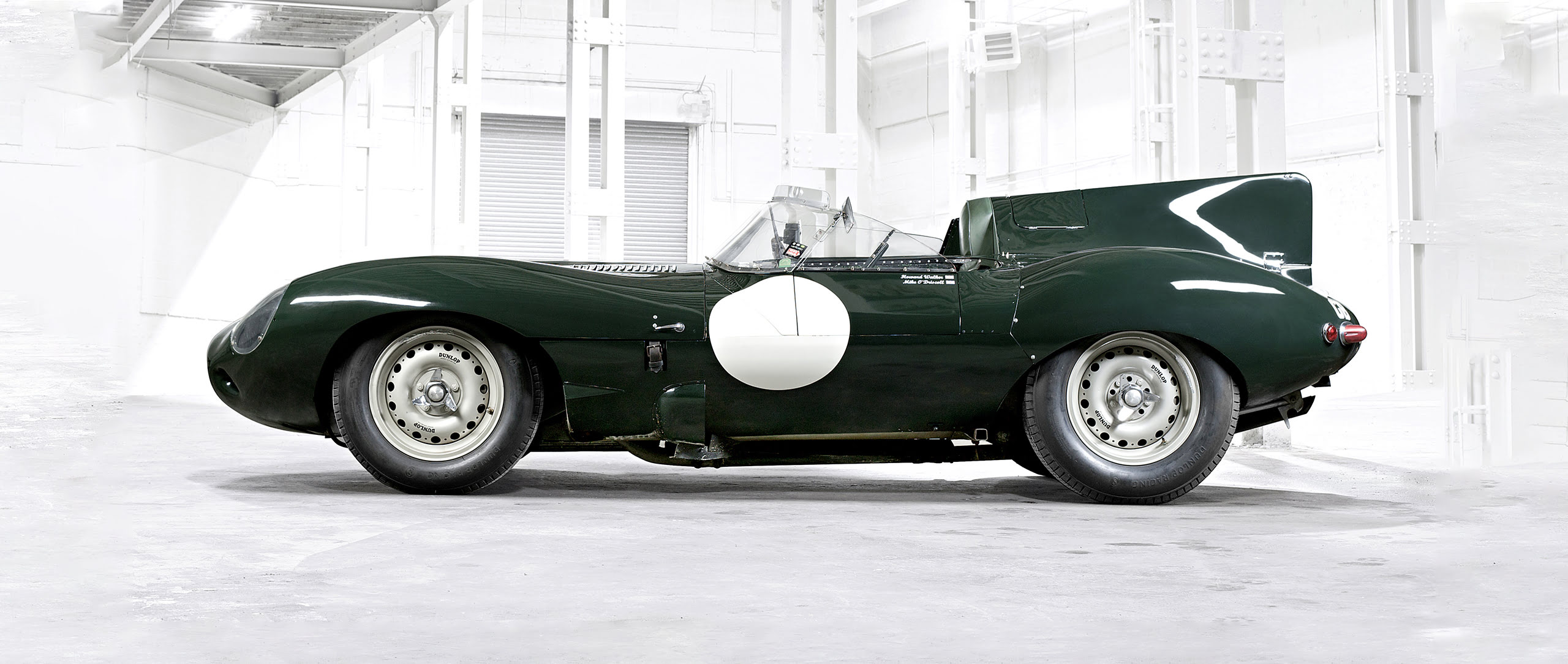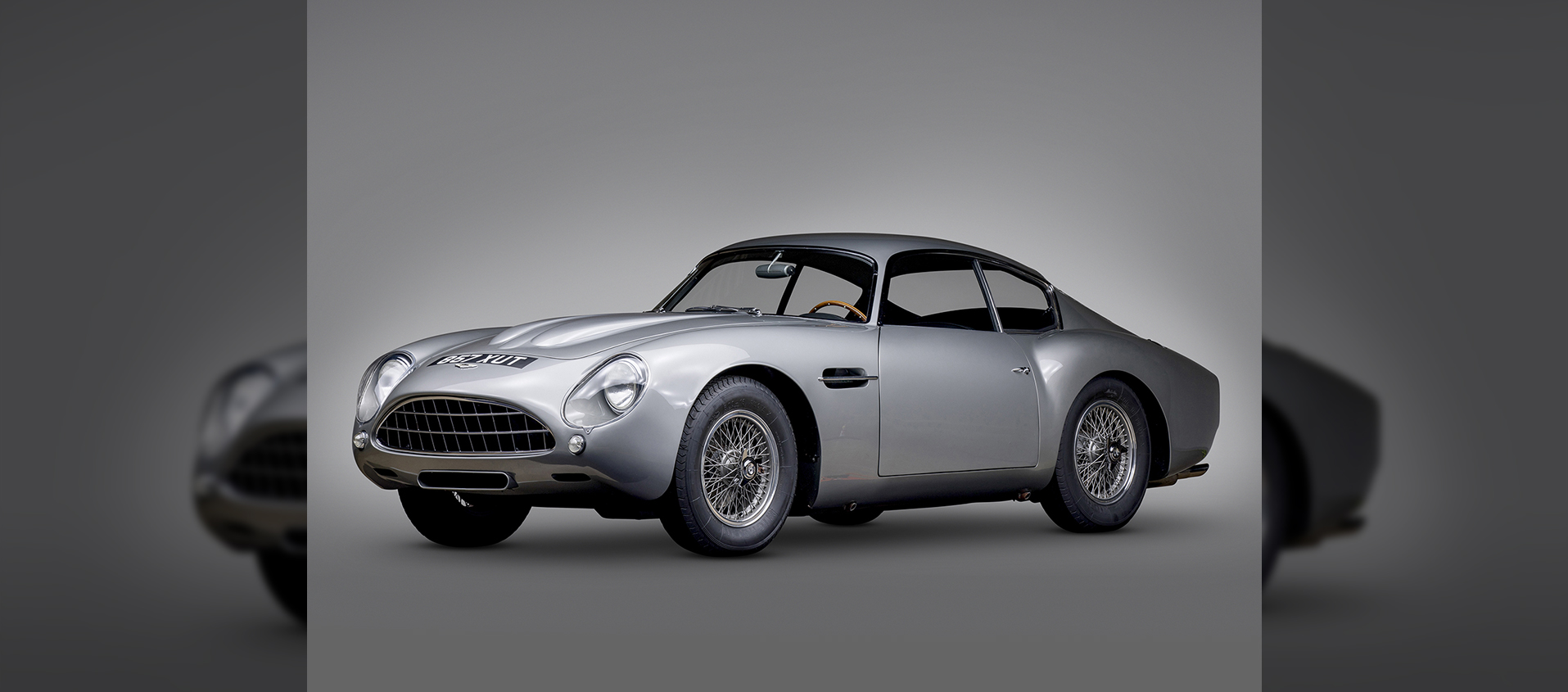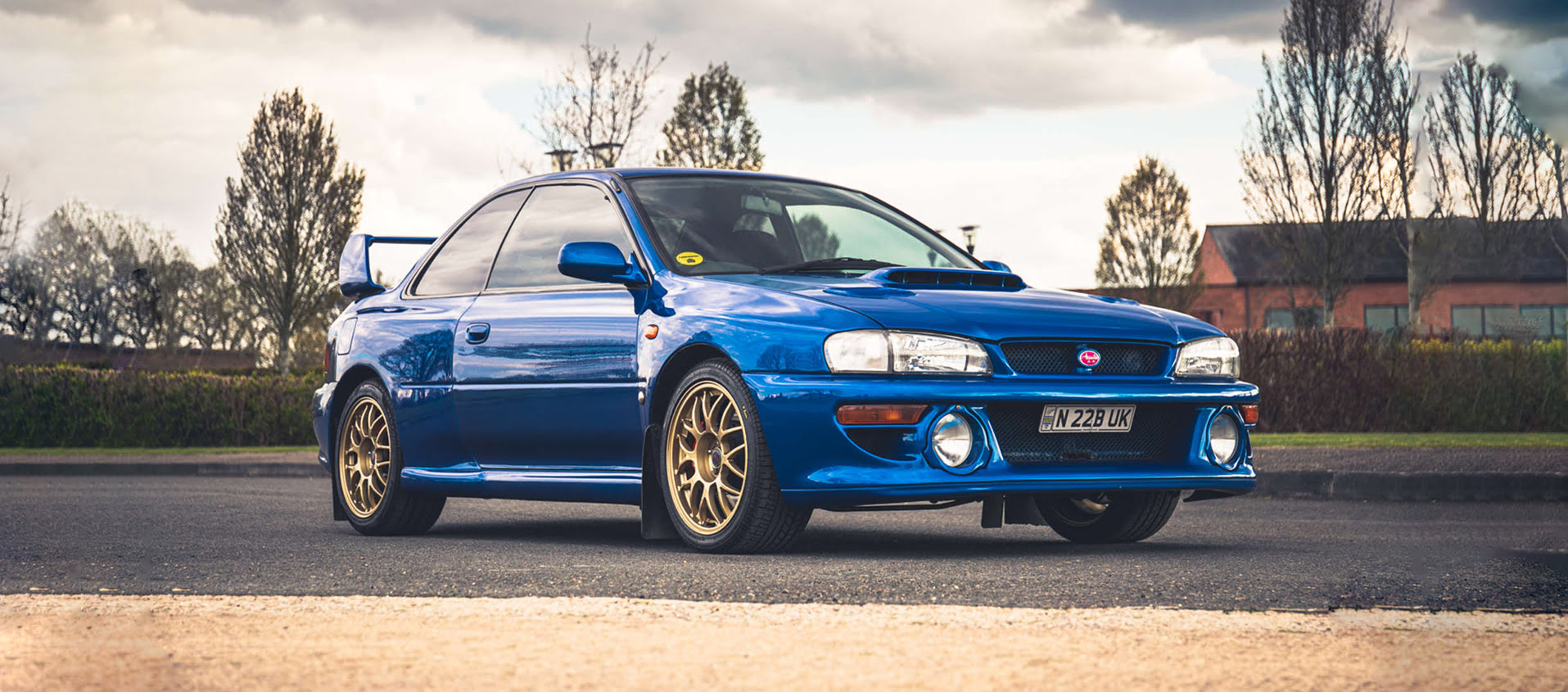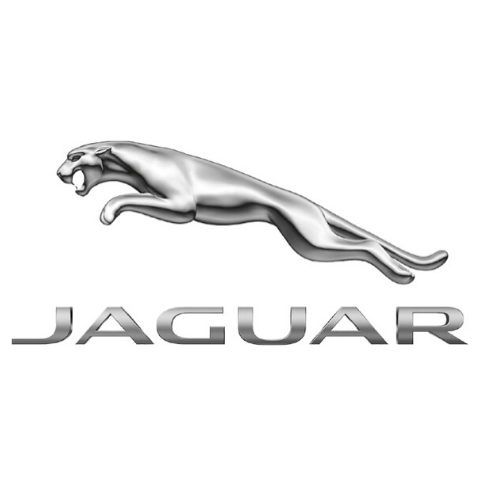The efficiency of beauty
03 October 2020 2 min read 5 images

The Jaguar D-Type has many reasons to be the first of the great sports racing cars (as they called the two-seater roadsters in those years) of our collection of racing cars that made history. The first reason is indeed the very concept of the racing car: not a single-seater vehicle built to race in Grand Prix, but a car designed for the track but also suitable for the road in those years when races were also held far away from the circuits, as was the case of the Mille Miglia, Targa Florio and Carrera Panamericana.
Register to unlock this article
Signing up is free and gives you access to hundreds of articles and additional benefits. See what’s included in your free membership. See what's included in your free membership.
Already have an account? Log In


